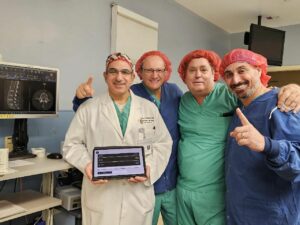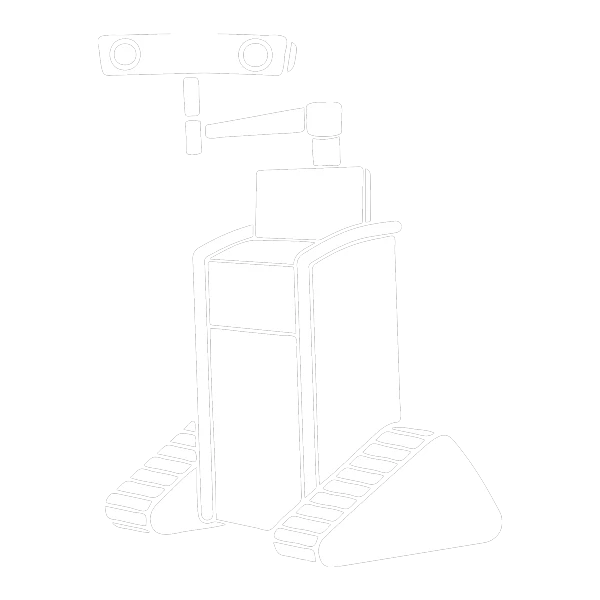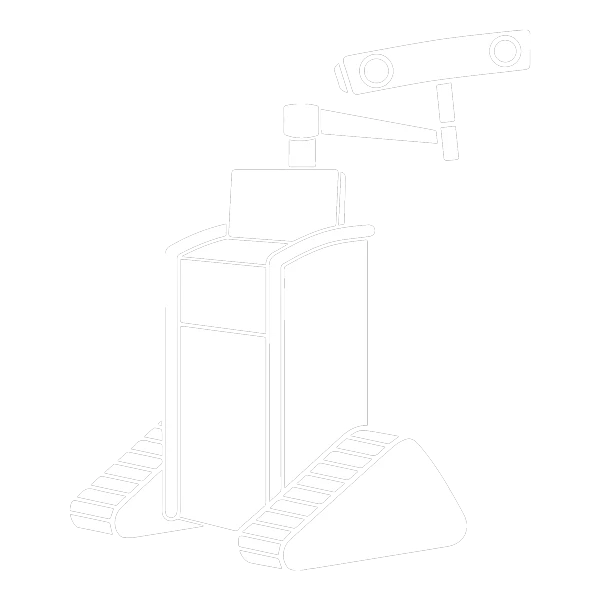Table of Contents
ToggleThe RJB – An Inexpensive Alternative to Flash Navigation
In the world of modern medicine, technology has continuously pushed the boundaries of what is possible, transforming the way surgeries are performed and improving patient outcomes. One such groundbreaking innovation is the Ruthless Spine RJB, an intraoperative surgical angle measurement tool designed to revolutionize spine surgery. In this blog, we’ll delve into how the RJB offers an affordable and efficient alternative to guided navigation systems like Flash Navigation. We’ll explore the features, benefits, and the seamless workflow of the RJB.
Flash Navigation: Traditional Challenges and the Need for an Alternative
Traditional image-guided navigation systems have long been used in surgeries to aid surgeons in achieving precise instrument placement. However, these systems come with their fair share of challenges. Registration processes can be time-consuming, often taking up to 30 minutes for a single registration. This not only adds to the overall surgical time but also exposes patients and medical personnel to radiation during the process. Flash Navigation emerged as an innovative solution, reducing registration time to under 30 seconds and eliminating the need for radiation. Despite its advantages, Flash Navigation still requires complex machinery and infrastructure, making it a costly investment for healthcare facilities.
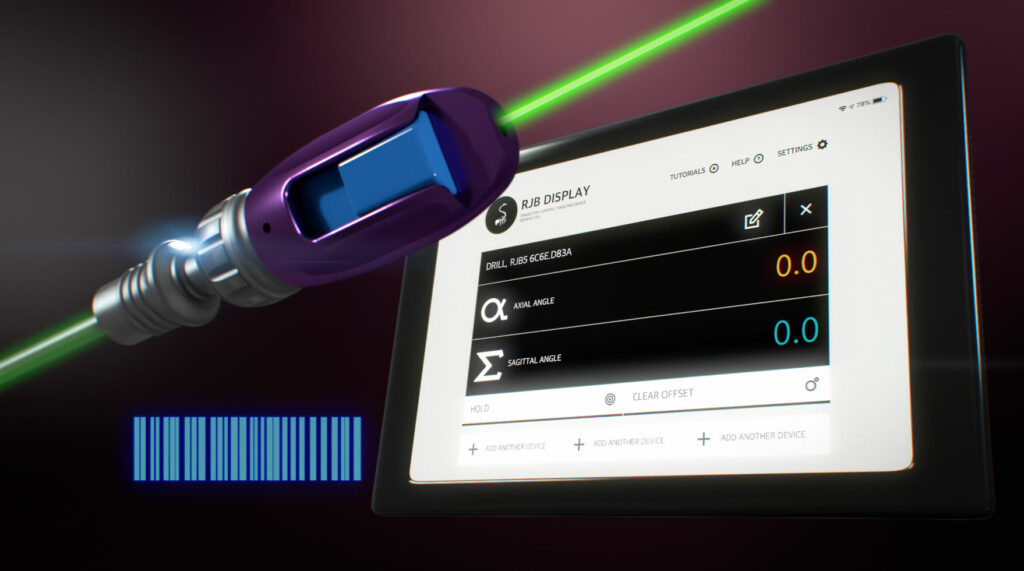
Introducing Ruthless Spine’s RJB
Ruthless Spine, a pioneering player in the field of spinal surgery technology, recognized the need for a simpler, cost-effective, and efficient alternative to traditional navigation systems. The result is the Ruthless Spine RJB, an intraoperative surgical angle measurement tool that empowers surgeons with real-time measurements while maintaining surgical flow.
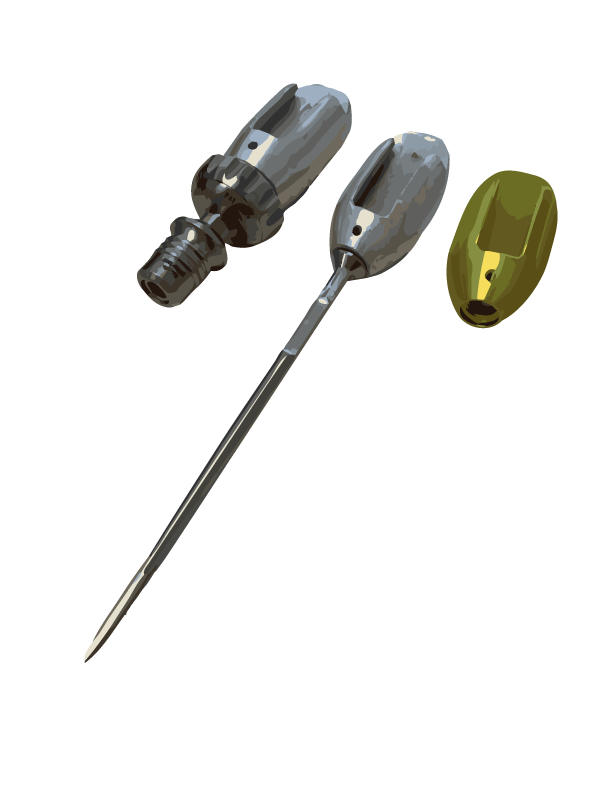
Key Features of the RJB:
- Bluetooth-connected Module: The RJB system consists of a compact Bluetooth-connected module that attaches seamlessly to the provided surgical instruments. Pairing the RJB with an Android or iOS tablet app takes mere seconds, eliminating the need for complex custom machinery.
- Continuous Connectivity: Unlike traditional systems, the RJB maintains connectivity even when the line of sight is blocked. This ensures continuous and reliable measurements throughout the procedure, boosting surgeon confidence.
- Efficient Workflow: The RJB system streamlines the surgical workflow, allowing surgeons to focus on their expertise. With no time-consuming registration and calibration processes, surgical procedures become more efficient and patient-friendly.
- Single-Use Module: Each RJB module is designed for single-use and boasts an impressive battery life of up to 8 hours of continuous operation, providing ample time for surgeries.
Seamless RJB Workflow
Ruthless Spine’s RJB operates with remarkable simplicity, streamlining surgical processes for enhanced efficiency. Here’s a step-by-step breakdown of how RJB is operated:
Step 1: Turn the RJB On
Turn on the RJB device by removing and discarding the battery pull tab.
Step 2: Attach to Handle
Insert the RJB device into the handle slot. Follow the markings for device orientation. The slot should only allow the device to be inserted in one way.
Step 3: Connect to Tablet
Deploy the Ruthless RJB app on a tablet.
Step 4: Pair the RJB
When the app is opened, a tablet screen prompts to pair the RJB device. The RJB identifier can be scanned from the label or manually inputted.
Step 5: Select Instrument Type
After pairing the device, a prompt will appear to select the instrument type.
Step 6: View Needed App Functions
Once the instrument type is selected, the starting screen will appear. From here, the user can see the angle of the device, hold the angle, offset the angle, edit the instrument name, choose display precision, and watch tutorial videos. Hold and offset features are controlled via touchscreen buttons in the tablet app.
Step 7: Properly Orient Instrument
For use, the instrument should be oriented such that the face of the RJB (marked with ‘UP’ and ‘DOWN’ and visible through the front of the handle slot) is in a plane parallel with the plane of the operating table, without introducing rotation about the instrument shaft. During use, the instrument may be tilted in the axial and sagittal.
Step 8: Fluoroscopy-Guided Technique
When using the RJB, it is recommended that the surgeon follow standard fluoroscopy-guided technique, utilizing fluoroscopy as necessary to confirm pedicle screw trajectory intraoperatively. The RJB is a spatial tool and not a navigation system providing trajectory guidance.
Step 9: Bluetooth
If Bluetooth connection is lost (displayed angles disappear or freeze), restart app. If RJB device does not pair, turn on, or app does not restart, discard the device by disposing in accordance with facility protocol. Revert to standard fluoroscopy-guided technique to complete the procedure.
Step 10: Dispose the RJB
10. To terminate operation of the device, close the RJB app. Remove RJB from the instrument handle and dispose in accordance with facility protocol.
For the full instructions on using the RJB, refer to our ‘RJB User Guide’.
Benefits of RJB Over Flash Navigation:
- Affordability: RJB offers an affordable alternative to traditional navigation systems, eliminating the need for costly machinery and infrastructure.
- Ease of Use: RJB’s simple and intuitive workflow minimizes the learning curve and ensures that surgeons can use the system with confidence.
- Streamlined Workflow: With no complex registration and calibration processes, RJB optimizes surgical procedures, enhancing efficiency.
- Continuous Connectivity: The RJB’s ability to maintain connectivity even with line-of-sight obstruction ensures consistent and reliable measurements throughout the surgery.
Conclusion: Shaping the Future of Spinal Surgery
Ruthless Spine’s RJB is a game-changing innovation. By offering an affordable and efficient alternative, RJB empowers spinal surgeons to perform procedures with confidence, precision, and safety. With its seamless workflow, real-time measurements, and minimal infrastructure requirements, the RJB is poised to shape the future of spinal surgery, making it more accessible and patient-friendly than ever before. As medical technology continues to advance, solutions like the RJB exemplify the potential to transform surgical practices.


